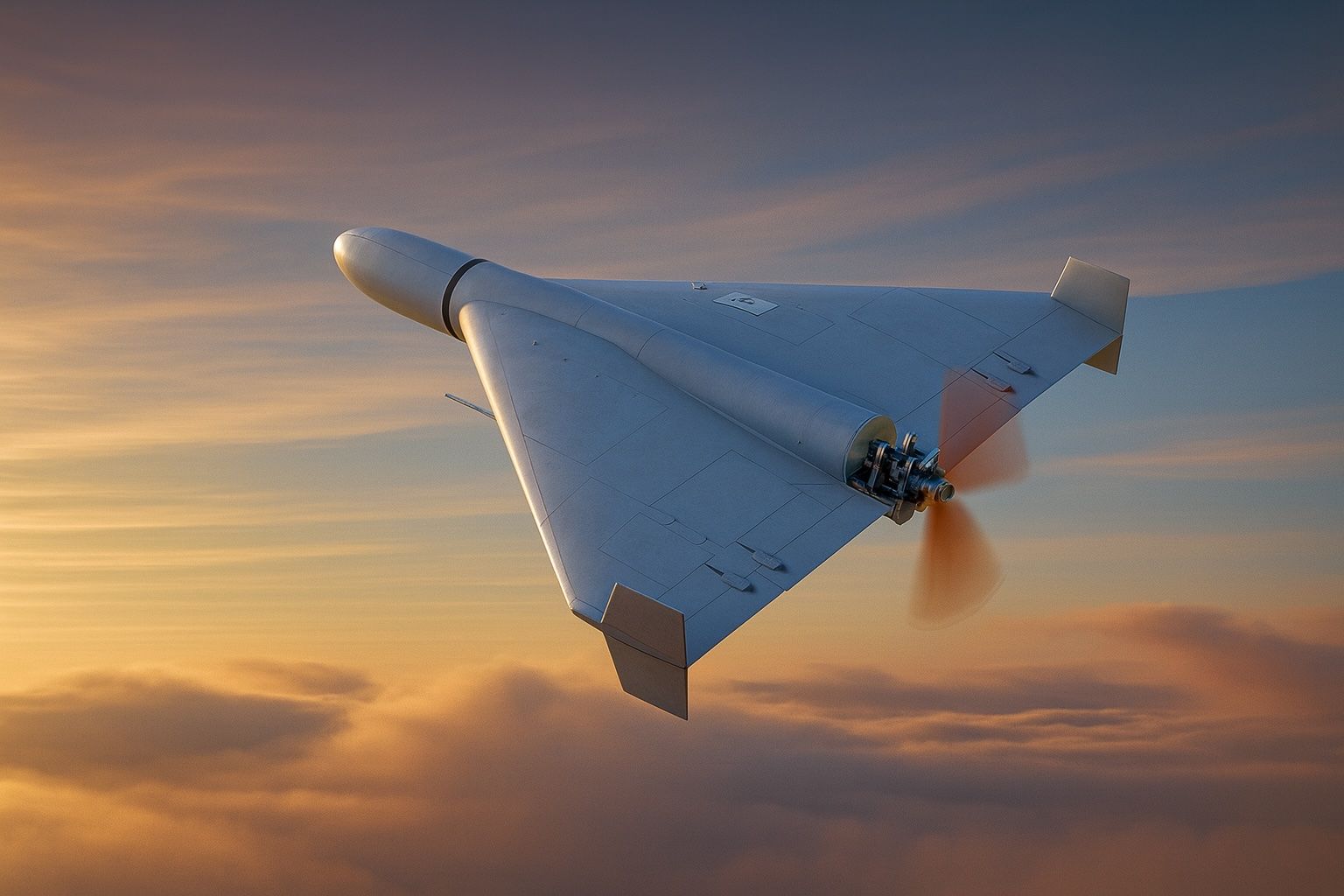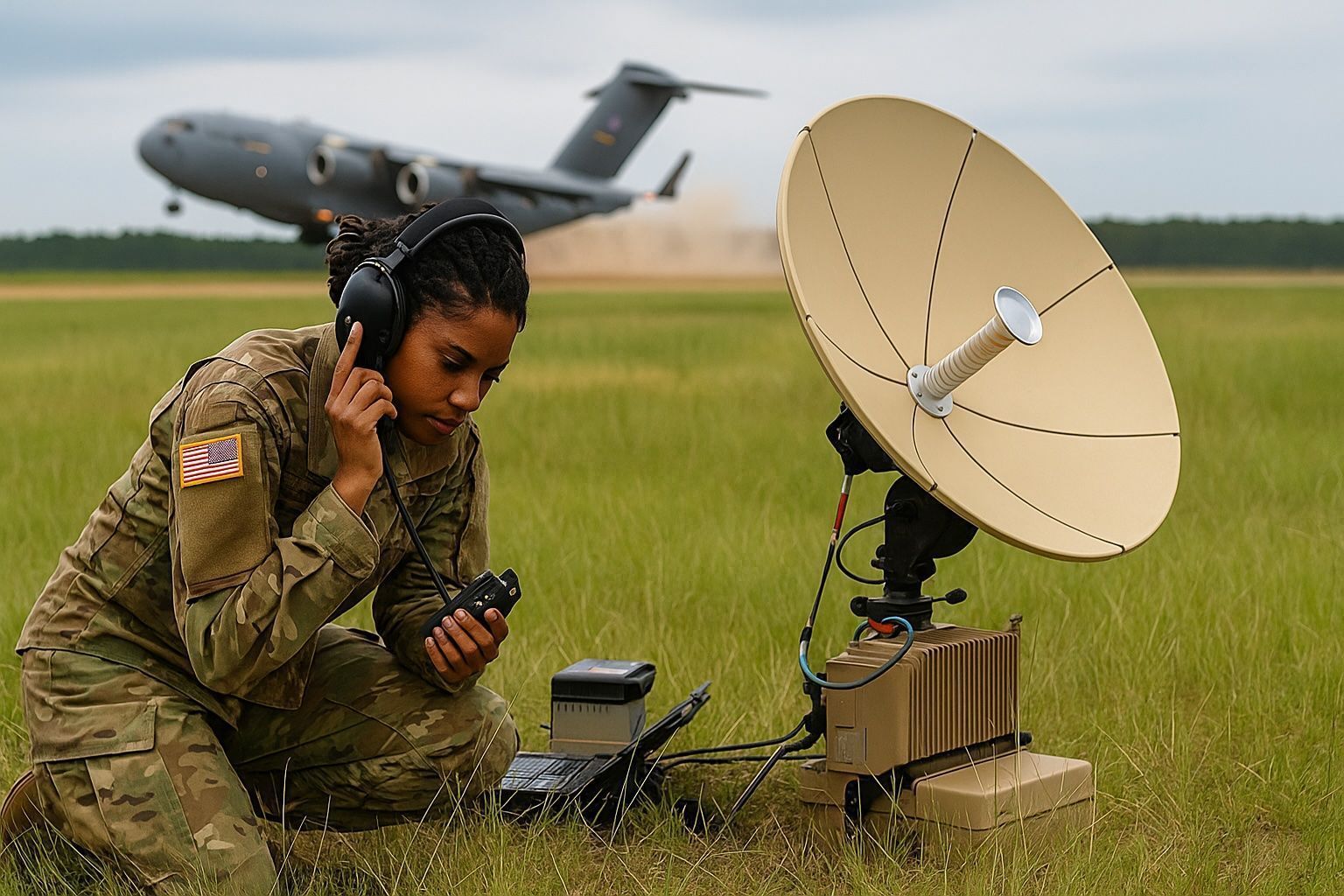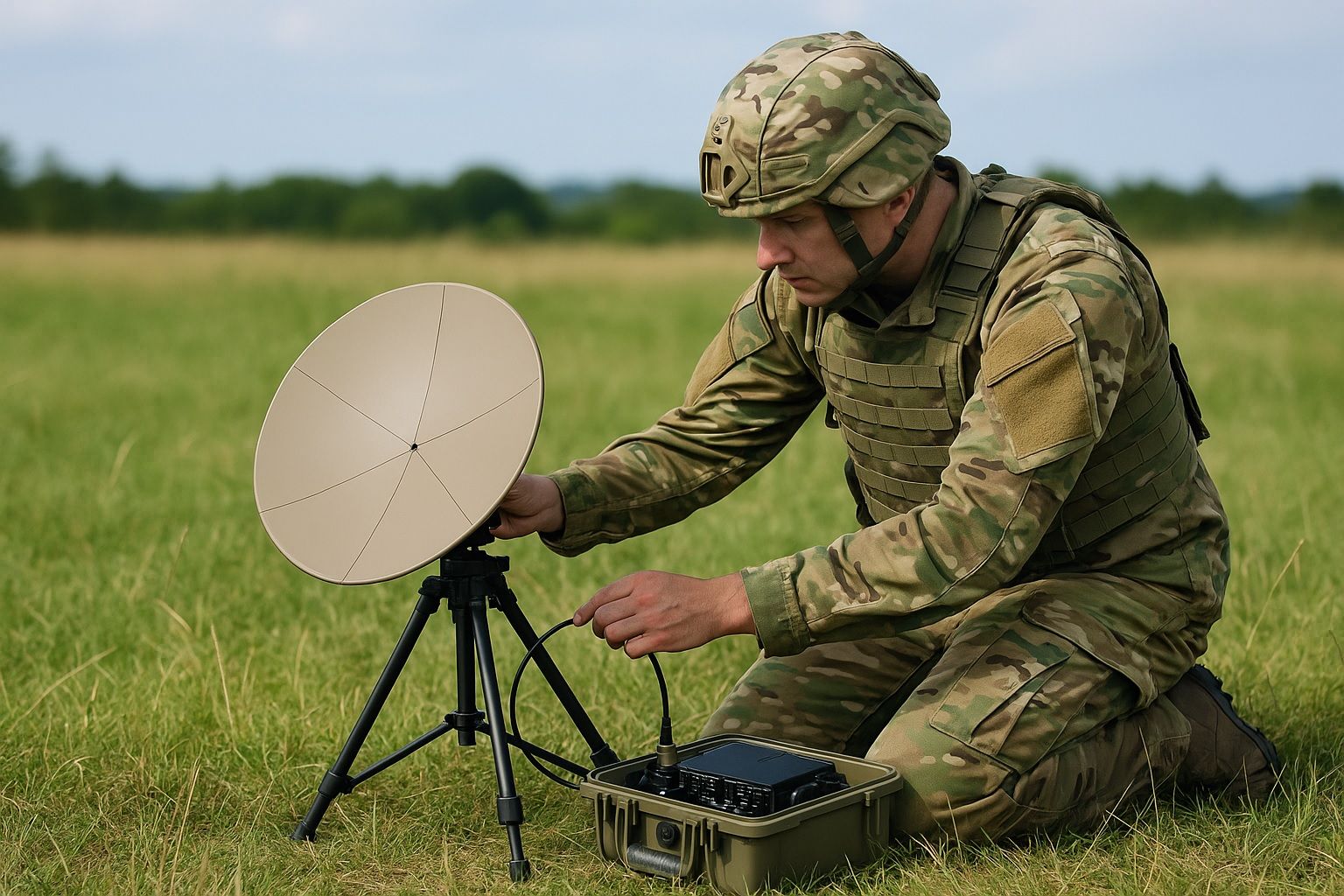
Canada Buys Six Bombardier Global 6500 Jets in $753M Deal to Replace RCAF Challenger Fleet
OTTAWA / MISSISSAUGA (Dec. 12, 2025) — Canada is moving to modernize a high-visibility but often overlooked slice of military airlift: the executive-style jets that ferry senior officials and can be rapidly reconfigured for urgent missions at home and abroad.









